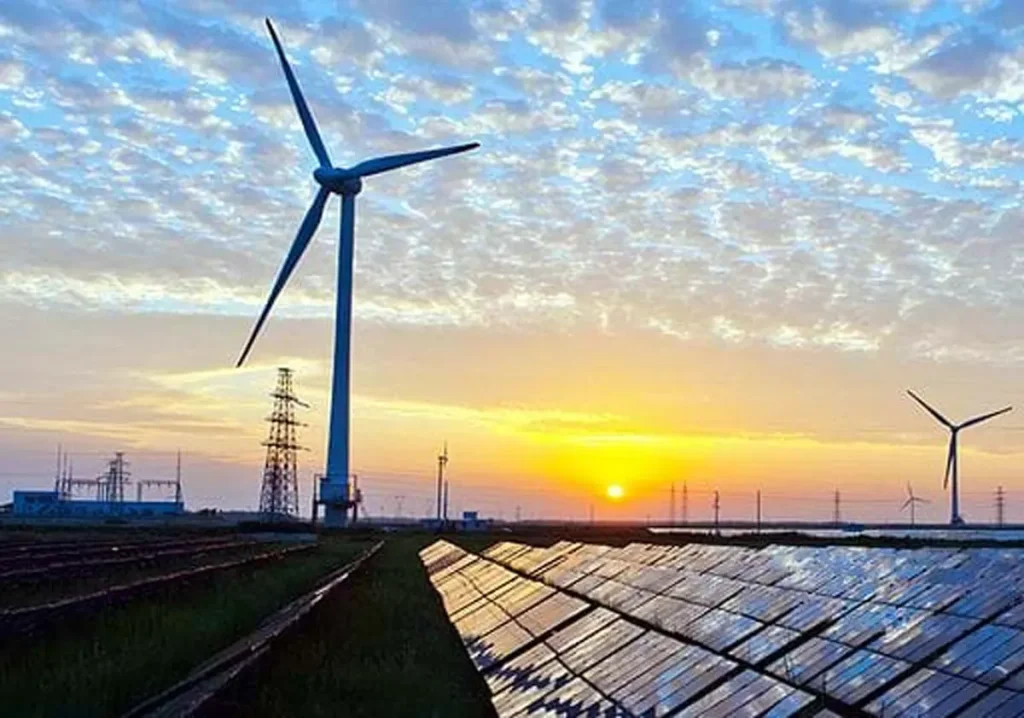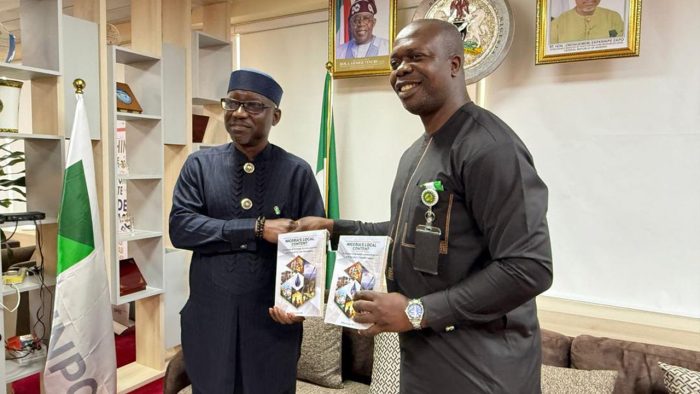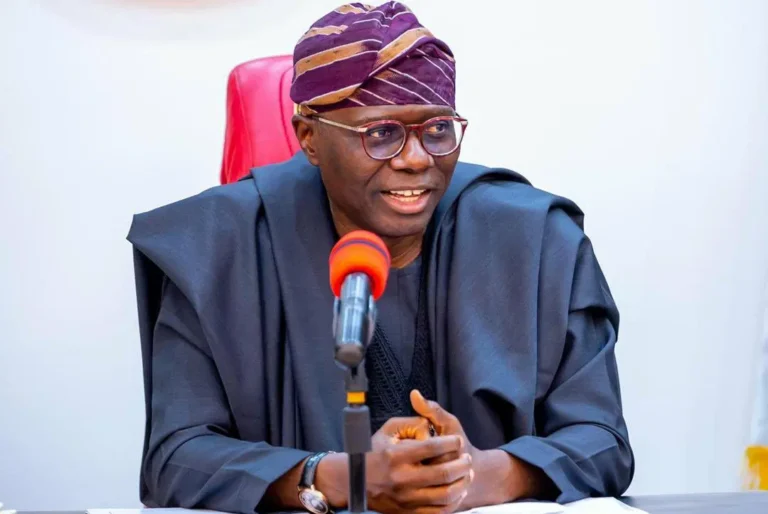
The U.S. Agency for International Development, USAID and the Federal Ministry of Power, yesterday signed a memorandum of understanding, MoU, to deepen support for the country’s electricity sector reforms.
This came as the federal government deducted N120 billion from April revenue as the first tranche of Presidential Metering Initiative funding.
On the government and USAID deal, the USAID/Nigeria Mission Director Melissa A. Jones and Permanent Secretary of the Ministry of Power Mahmuda Mamman signed the MoU.
According to the statement obtained by Vanguard, the agreement will facilitate the implementation of a N115.2 billion (approximately $75 million) U.S. government grant-funded technical assistance program for power sector development and reforms in Nigeria.
It stated that “Currently, over 85 million Nigerians lack access to grid power, while many others face unreliable supply. These challenges force many Nigerian families and businesses to rely on expensive, emission-intensive gasoline and diesel backup generators.”
Jones emphasized the U.S. government’s commitment to advancing electrification in Nigeria, stating, “Today’s goal is to strengthen collaboration between USAID and the Federal Government of Nigeria and provide a framework for partnerships with other key actors, including state and local governments, electricity generation and distribution sectors, and the off-grid sector.”
On his part, Minister of Power Adebayo Adelabu, expressed gratitude for USAID’s support, emphasizing the partnership’s
potential to transform Nigeria’s power sector.
He said, “This collaboration with USAID is a significant milestone towards achieving sustainable and reliable electricity supply for all Nigerians. Together, we will address longstanding challenges, ensure transparency, enhance market liquidity, and accelerate our transition to clean energy solutions.”
The USAID addresses these challenges through the Power Africa Initiative, a U.S. government-led partnership that leverages public and private sector resources to double electricity access in sub-Saharan Africa.
SOURCE: VANGUARD




